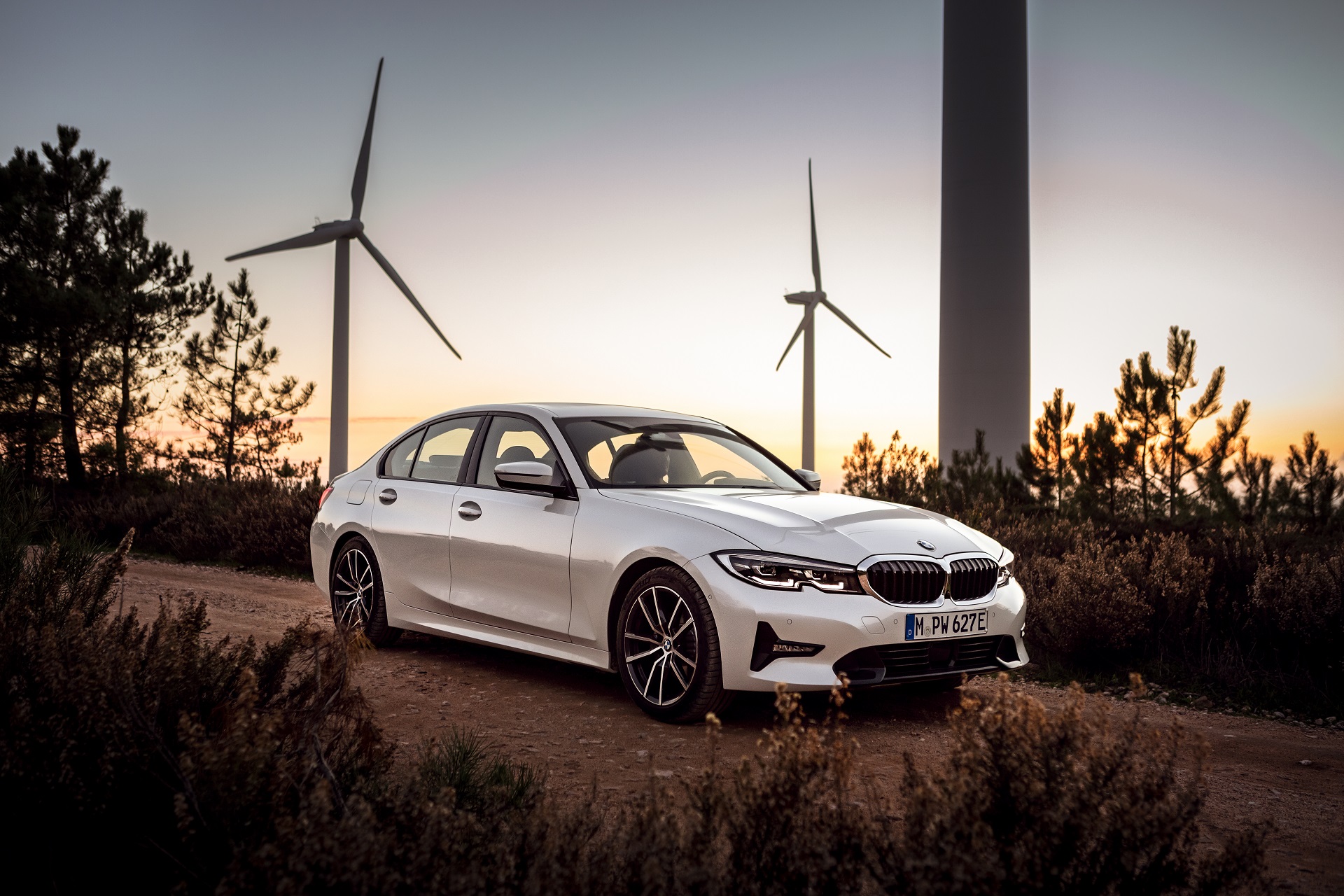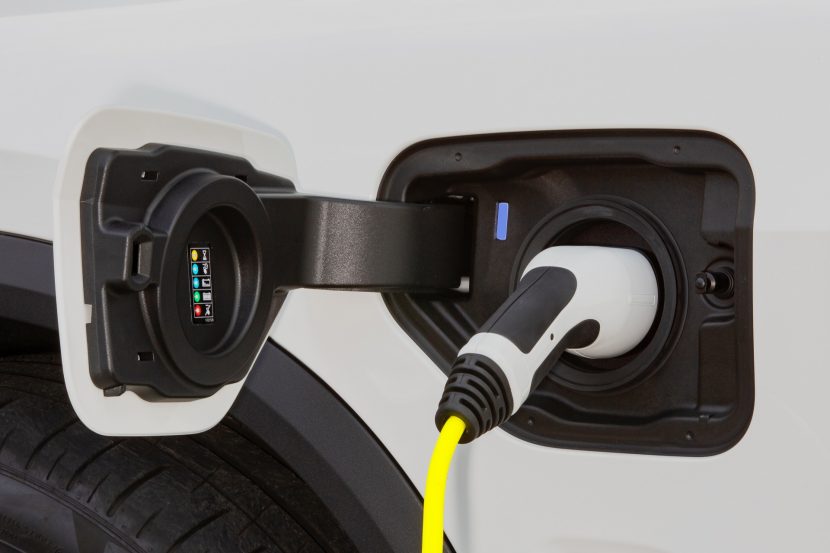One of the biggest questions a lot of people have about the prospect of a completely electric future for the automotive industry has a lot to do with the electricity in our homes. Some are worried that if all cars are battery powered, the energy needed to recharge them would put entire grids under a lot of added pressure. So how do you solve that problem? With Smart Charging, something BMW and Pacific Gas and Electric Company (PG&E) have been working on for some time.
The two are trying out a new way of charging your car, adapting to the needs the grid has and making sure you get the best price for your electricity. At the moment, things are being tested in a pilot program that reached its third phase this year. In the initial two phases, 100 and 400 EV and PHEV drivers, respectively, were invited to test out a new charging program. Now, in the third phase, that number is going up to 3,000.
Through smart charging, EVs act as a flexible grid resource to support the overall reliability of the electric grid. Smart charging focuses on moving EV charging away from times when electricity is in high demand and toward times when there is less demand and also more renewable energy on the grid such as mid-day. By responding to requests to move their EV charging times, drivers will support the electric grid and take advantage of clean, renewable energy.
Additionally, utilizing EVs as a flexible grid resource could ultimately lead to cost savings associated with operating and maintaining the grid as well as for customers owning an EV. In the future, PG&E and BMW believe that vehicles can play a larger role in supporting the grid as new vehicle technologies are developed. Future EVs may have the ability to discharge the vehicle battery to support the grid, expanding the capabilities beyond smart charging and supporting customers and the grid during emergencies.
“Our sustainability vision at the BMW Group aims to bring sustainability principles to all aspects of the customer experience – including the energy our electric vehicles use. ChargeForward demonstrates how our company’s digital technology can help customers use more renewable energy and reduce their energy costs,” said Adam Langton, Energy Services Manager, Connected eMobility, BMW of North America. “ChargeForward is part of the BMW Group’s commitment to provide our customers with charging solutions that are convenient, reliable and sustainable.”
If you’re interested in participating you should sign up over at www.bmwchargeforward.com but you should know that there are some conditions that you need to meet in order to be eligible. First of all, you need to be a PG&E customer, which means you’ll have to be located in California. Then, you have to have a BMW, as MINI models are not included in this pilot, even though the company is hoping to add the British brand to the program in the near future. The third phase of the pilot will kick off mid-April and will run through March 2023.







































































